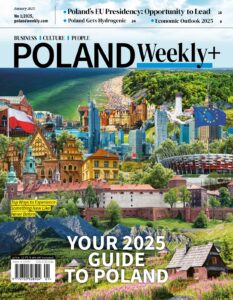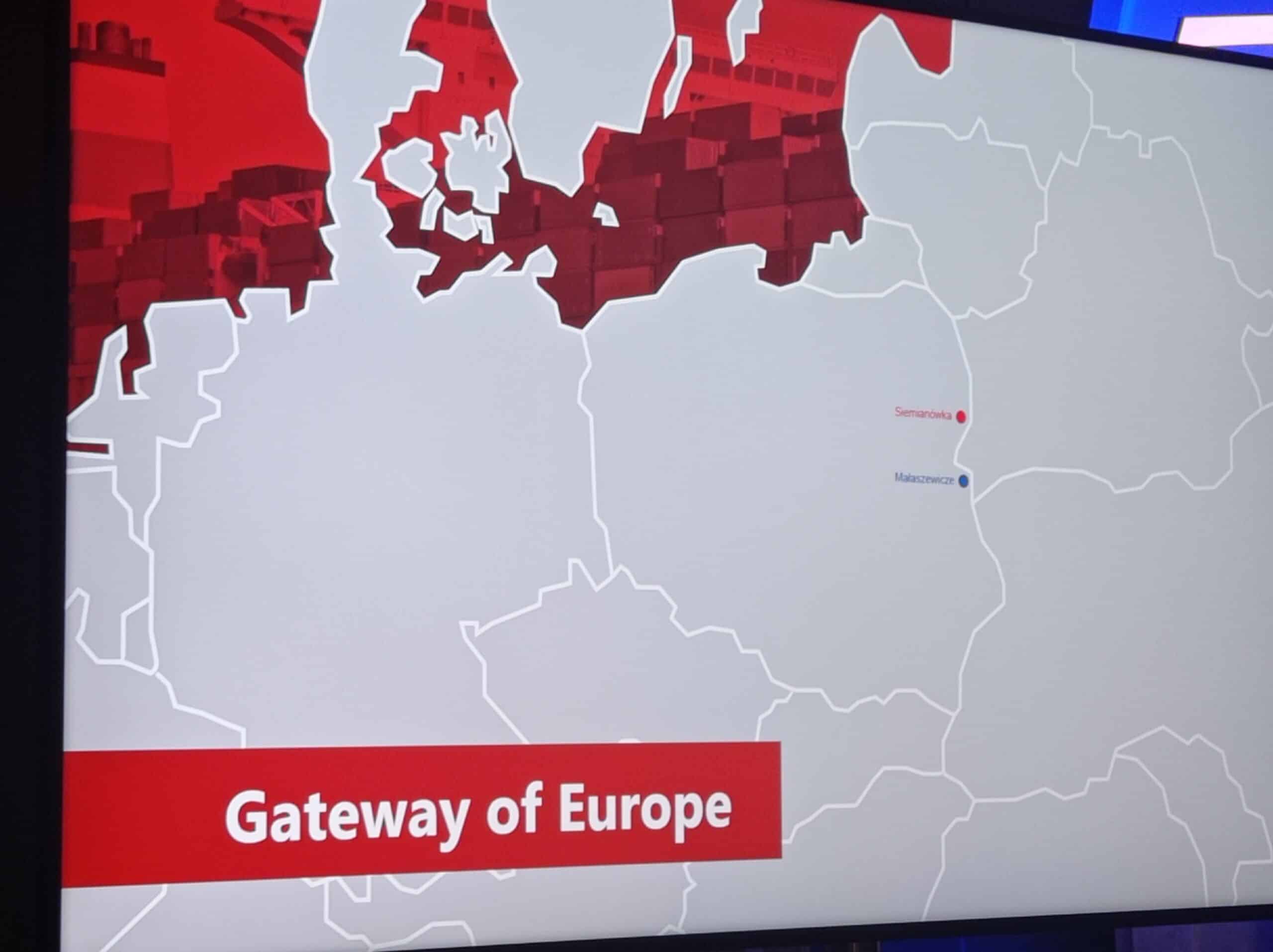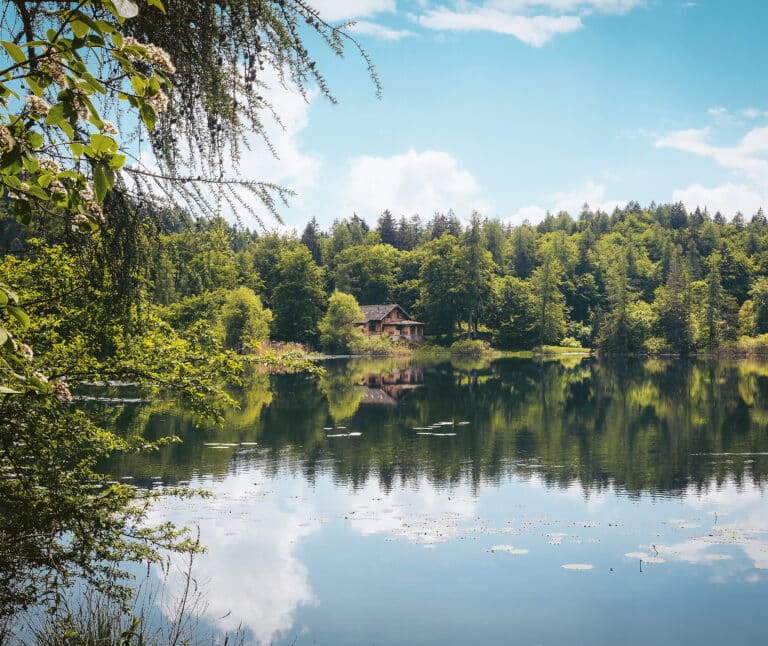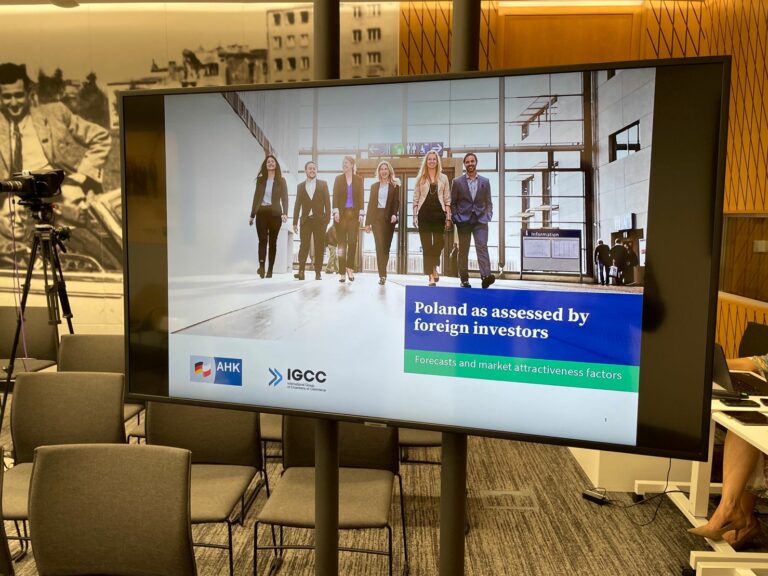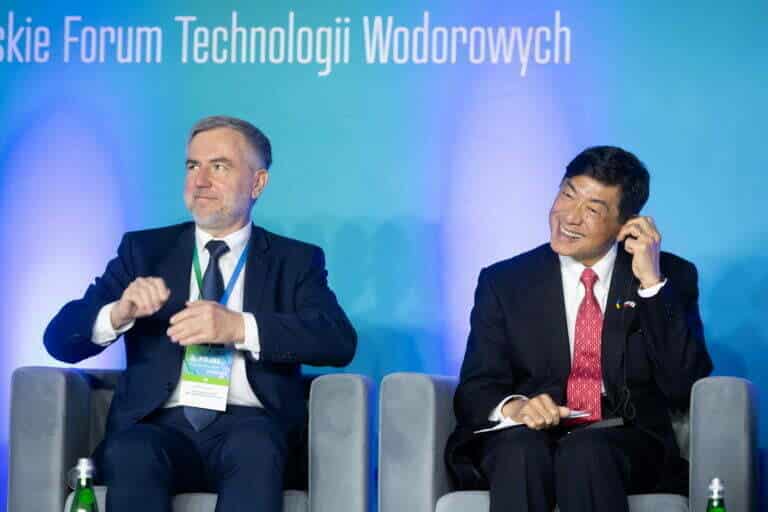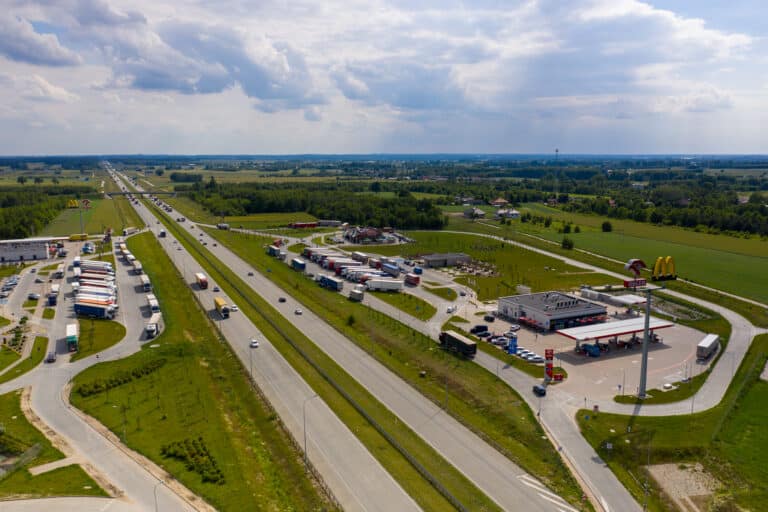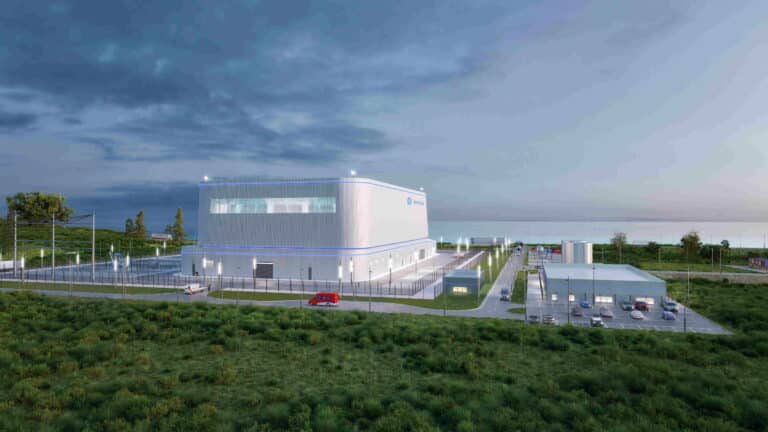Poland remains optimal East-West gateway
Before the Ukraine war, Poland was the most heavily used border crossing for goods transported by train between the Far East and Europe. But the Russian attack has changed Poland’s role in trans-Eurasian freight transportation.
“When we were finally released from the Covid restrictions earlier this year, we were all looking forward to better times, to spread our wings again. Although inflation was already going up and value chains were far from functioning perfectly, the economic outlook looked quite good. Then the illegal and brutal Russian invasion of Ukraine began, making us face enormous new challenges. The suffering, tragedy and harm caused to the Ukrainian people by this Russian aggression are unspeakable,” Sanne Kaasjager, the Economic Counsellor from The Netherlands Embassy in Poland, told the RailFreight Summit 2022 in Warsaw, which brought together representatives from rail freight companies to share their expertise and perspectives on the challenges facing Poland in the freight sector.
The main issues that are worrying customers are cargo safety and the lack of alternative routes.
“Poland has really developed as the gateway for the whole European region, and especially for the eastern part of Europe. And we can see also that there are several investments being made,” Hannes Thees, a Silk Road Expert, said.
“So this is a very strong position and I think this made Poland one of the top performers in logistics. This is, again, based on infrastructure investment we had before, but also a good ratio of labor costs, good education and geographical position,” Thees says.
“But all of those East connections are now at least questionable. And this puts Poland now in a vulnerable situation. So, this is the major question for me and also for the presentation, how to Reinvent Logistics in a central and Eastern European region and become more resilient in those times of uncertainty,” he adds.
Freight challenges
International rail freight is still hindered by several infrastructure and operational bottlenecks, relating to border crossings. The main problems identified by the panel of experts were extensive construction sites, bottlenecks, and a feeling of distrust from customers.
There is, for example, only one bridge over the Bug River connecting Belarus to the Małaszewicze hub, causing bottlenecks and traffic congestion, Jakub Walczak from C.H. Robinson pointed out. A second bridge has been in the planning for a long time, but until now construction has not started.
The future of the former core hub Małaszewicze is another issue. Since Poland’s neighbor Belarus was sanctioned by the EU following its invalid national elections and suppression of opposition, the number of freight trains handled at Małaszewicze for gauge change has dropped sharply.
Traffic deteriorated further after Russia attacked Ukraine, which has prompted European rail companies to avoid the traditional Trans-Siberian route and bypass Russian territory to the south. Hence, Małaszewicze disappeared from their radar – with financial consequences, as Martyna Wilczewska from the Polish Supply Management Leaders Association (PSML) pointed out in a statement given to RailFreight.com.
Alternative routes
Customers are increasingly going back to using routes via Russia because of the lack of valid alternatives from the South of Europe and port congestion, but also because they see that the transport route through Russia is up and running.
“This is the quickest and the cheapest way via Trans-Siberian through Kazakhstan as this middle corridor that we have today. It will be very difficult to change this and shift to other alternative routes.,” Jana Pieriegud, from the SGH Warsaw School of Economics, says.
Marcin Miecznikowski, managing director of Trans East-West, and Robert Klosinski, rail freight manager for DSV, said alternative routes should be considered more of an opportunity rather than a threat for both customers and industry.
One is the North-South axis connecting the port of Piraeus in Greece to Poland.
Thees said that the industry should enter a new mindset that considers transport as more than just logistics. In fact, rail freight is increasingly intrinsic to international relations as well as national politics, especially in the EU.
Government plans
The rail market is of course dependent on government policies, for example when it comes to the level of track access charges, energy prices, intermodal policies, allowed length of trains, rail maintenance programs and rail quality.
One of the solutions, inspired by the German rail prioritization for coal, could be to establish a clear separation between passengers and freight trains, allowing for more freight trains to be prioritized.
In March, the government announced that the value of expenditure planned for the implementation of the National Railway Program until 2023 under individual sources of financing currently amounts to PLN 76.7 billion.
Key projects
Laude Smart Intermodal has introduced the “Time for Revolution” project. “The use of multiple modes of transport and a solution with innovative containers, enables transport of palletized products and dedicated products on the way back. Thanks to an innovative approach, we can deliver palletized loads weighing up to 268 tons to the final consumer – who does not have a railway siding – in one container,” the company said.
The “Time for Revolution” project has been implemented thanks to a modern terminal located in Zamość and Sosnowiec. The company is the owner of intermodal trains connecting Zamość with Ukraine and Moldova, and has regular intermodal connections between Zamość and Germany.
Other projects are also evolving, like the Hupac Terminal at Brwinów, located 15 kilometers southwest of Warsaw.
Mariusz Dąbrowski, director of the Business Promotion Bureau, said that the future construction of two more terminals on the Poland-Belarus border to share the load handled in Małaszewicze could also lend a helping hand.
A terminal in Sokólka will be completed soon and one in Siemianowka is underway. The investment for the terminal in Sokólka is more than €23 million. It will consist of a 5-hectare yard for the storage of containers. Two 45-ton cranes will be installed, one of which will be equipped with an electromagnet for transporting metal elements. The second one still needs to be assembled, but the parts are ready. The terminal will be divided into two parts. The northern one, with two wide and two European tracks already existing, and the southern one, with five brand new tracks. Three will be wide and two will be European.
Poland can help itself by helping Ukraine
Poland has become a great humanitarian hub for Ukraine and plays a key role in the transport to and from Ukraine. All means of transport count, but rail transport may have a historic task to perform, experts agreed.
Up to 70% of Ukraine’s trade used to take place by the sea. When it came to general agricultural products and cereal exports, 90% and 97% of them, respectively, were exported by seaports in 2021. Only 11% of the country’s total cargo was transported by rail.
The CEO of Levada Cargo, Volodymyr Demenko, noted that “even half of Ukraine’s seaborne volumes are a huge challenge for European logistics to carry by rail.” He added that land “transport corridors are already on the verge of collapse,” and if problems are not resolved by boosting more sea exports, then “Ukraine will be unable to export anything next year.”
On top of that, experts stressed that looking for long-term solutions to integrate Ukraine into the European corridors and network could prove misleading.
Logistics companies and policymakers should focus on implementing short-term solutions that will help resolve real-time problems like insufficient equipment to carry Ukrainian cargo. The lack of equipment is also getting worse due the energy crisis, and inflation skyrocketing wagon prices, said Demenko, but also by the unwillingness of European companies to send equipment to Ukraine for security reasons, added Marcin Witczak, CEO of Laude Smart Intermodal.
Looking ahead with optimism
“It is my strong belief that the only way to deal with such immense negativity is to maintain a positive outlook and to act. Dwelling on the negative simply makes it stronger. So, even though we are sure to have difficult times ahead, allow me on this occasion to highlight a couple of encouraging developments. Poland has become a great humanitarian hub for Ukraine and plays a key role in the transport to and from Ukraine. Nowadays, the most urgent need is to support Ukraine’s exports of grain and other goods. Poland wants to help and is mobilizing additional investments to open all possible transport channels,” Kaasjager believes.
“But it’s not easy, with all the challenges and crises we are facing today. That’s why it is so important that we keep exchanging experiences, knowledge, and challenges we face. Gathering the public and private sector in an international platform will allow us to make necessary steps forward,” he concluded.
